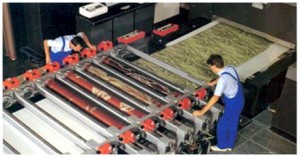CRAMS outsourcing: Market size of CRAMS – how big is outsourcing in pharmaceutical research and manufacturing ?
 In Part I. of this article series of outsourcing in pharmaceutical and chemical research and manufacturing we have discussed the political and macro-economical implications from outsourcing.
In Part I. of this article series of outsourcing in pharmaceutical and chemical research and manufacturing we have discussed the political and macro-economical implications from outsourcing.
CRAMS have emerged in the biopharma industry in the 1980s and over the years took on a significant role in research and development, expanding from drug discovery, preclinical research to clinical trials, and pharmaceutical drug manufacturing.
According to analysts, the outsourced global pharmaceutical contract research and manufacturing (CRAMS) is estimated 20-25 bio USD, depending on the source and which services are included.
GBI Research[i] in their latest comprehensive insight into the size of the CRO market, estimated 21.6 bio USD for the global CRO market.
This is in the view of a global pharma market size of roughly 1 trillion USD in 2012[ii], expected to grow to 1.2 trillion USD by 2016.
To read the full article, please login. The full content of this article and all premium articles is available exclusively for site members.
Site membership is free. If you are an existing user, please login. New users may register below.


